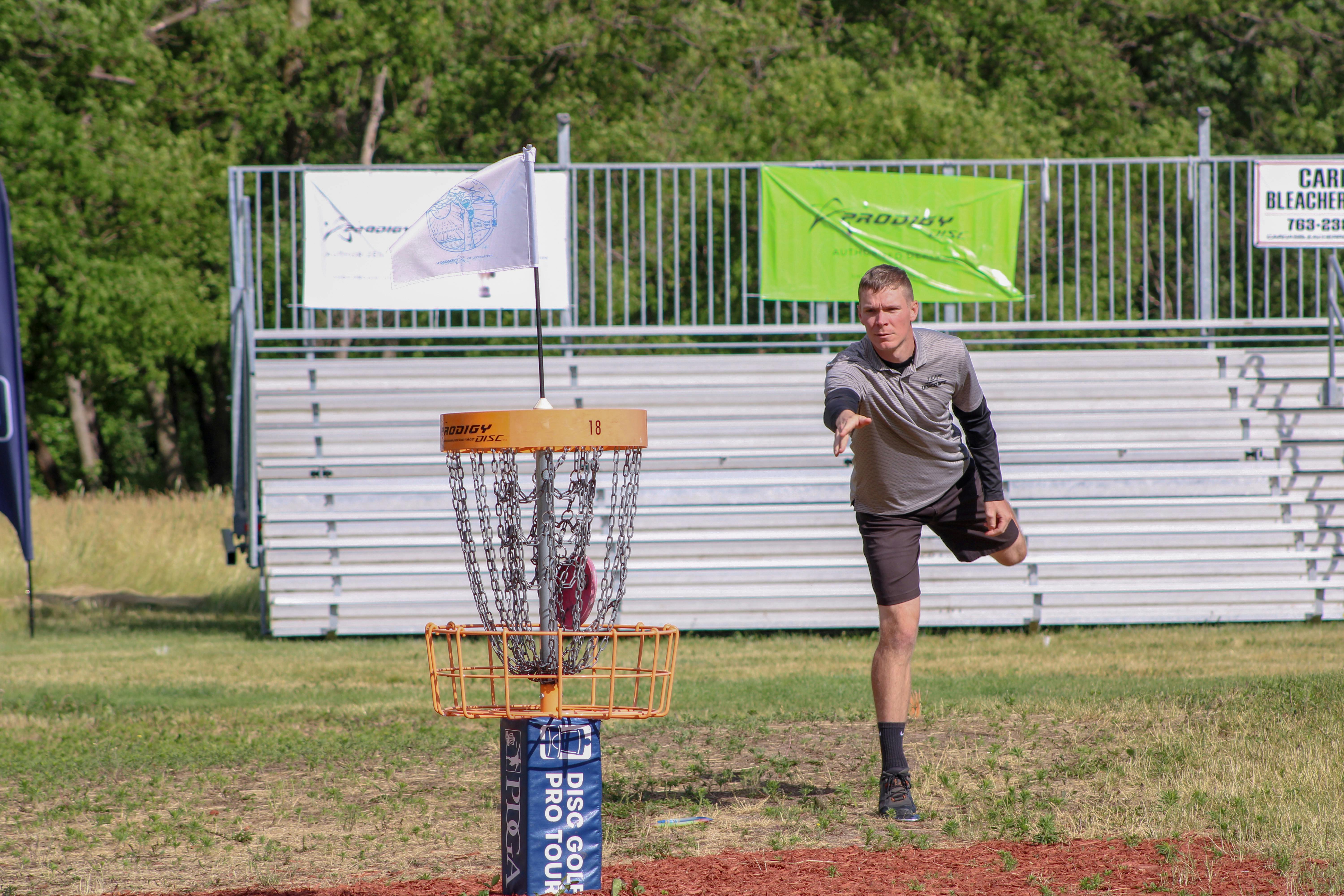Tracing the Footsteps: The Intricacies of Race Walking
Race walking. At first glance, it may seem like a simple, leisurely activity—a stroll in the park. Yet, it's a disciplined and fiercely competitive sport, with a rich history and complex technique. As we delve into this captivating world, we'll explore its evolution, the current trends, and the rigorous training routines that define the athletes' performance.

A Stroll Through History: The Origins of Race Walking
Race walking has a deep-rooted history dating back to the 18th century. It was initially introduced as a competitive sport in England, during a time when pedestrianism—walking for sport—was gaining widespread popularity. The sport gradually evolved, with rules and techniques being standardized. By the late 19th century, race walking was included in the Olympic Games, taking its place amongst the world’s most prestigious athletic events.
Walking the Line: The Rules and Techniques
Race walking is not just about walking fast—it’s about walking right. It has two cardinal rules: one foot must always be in contact with the ground, and the supporting leg must straighten from the point of contact with the ground and remain straight until the body passes over it. These rules make the sport technically challenging and physically demanding, requiring athletes to master a specific gait and rhythm.
The Pace Setters: Current Trends in Race Walking
Race walking is currently experiencing a resurgence in popularity. The sport has become more competitive and global, with athletes from countries like China, Russia, and Mexico excelling in international events. In addition, new technologies and training methods are being utilized to improve performance and prevent injuries, taking the sport to new heights.
Walking the Extra Mile: Training and Performance Strategies
Race walking training involves a delicate balance of endurance, speed, and technique work. Athletes spend countless hours working on their form, while also building strength and aerobic capacity. Interval training, long walks, and drills are all part of their rigorous training routines. It’s a testament to their dedication and commitment, as they strive for excellence in a sport that demands both physical prowess and mental tenacity.
A Sport on the Move: Final Thoughts
Race walking may not be as widely recognized as other athletic disciplines, but it possesses a unique allure. It is a sport that blends discipline, technique, and endurance, challenging athletes in unexpected ways. As we continue to witness its evolution and growth, we’re reminded of the beauty of sports—the constant quest for improvement, the camaraderie amongst competitors, and the sheer joy of participation. Race walking, in its own unique stride, embodies these values, offering a captivating blend of history, technique, and competition.
In the end, race walking teaches us that sports are not just about speed or strength—they’re about discipline, technique, perseverance, and the unwavering spirit of competition. So, as we continue our journey through the world of sports, let’s take a moment to appreciate the intricacies of race walking—a sport that truly puts the ‘race’ in ‘grace’.




